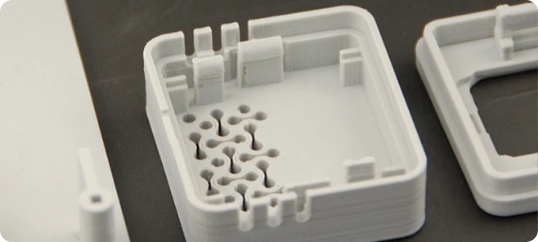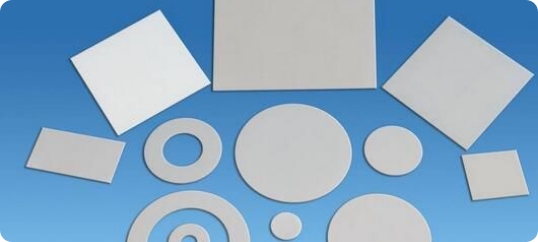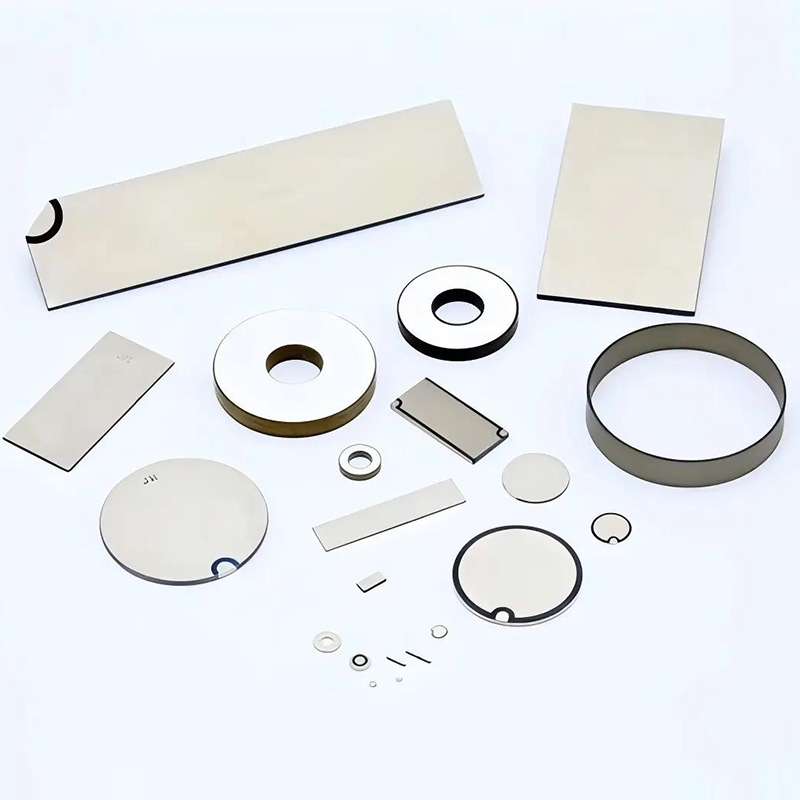In the quiet corners of workshops and bustling art studios across the globe, clay is being shaped into more than just objects—it is being transformed into stories of human creativity, resilience, and cultural heritage. Ceramics, one of humanity’s oldest technologies, continues to bridge the gap between ancient traditions and modern innovation, captivating artists, historians, and enthusiasts alike with its enduring beauty and versatility.
A Legacy Carved in Clay
The history of ceramics dates back over 24,000 years, with the earliest known examples discovered in Eastern Asia—simple figurines and vessels crafted by nomadic tribes for practical use. Over millennia, the craft evolved alongside civilizations, reflecting their values, technologies, and artistic sensibilities. In China, the Tang Dynasty (618–907 CE) saw the rise of tang sancai, vibrant three-color glazed pottery, while the Song Dynasty (960–1279 CE) perfected the art of porcelain, a material so fine it was dubbed “white gold.” In the Islamic world, geometric patterns and calligraphic designs adorned ceramics, blending functionality with spiritual symbolism, while Renaissance Europe marveled at the intricate maiolica pottery from Italy, each piece a canvas for mythological tales.
“Ceramics are a tangible record of human history,” notes Dr. Elena Marquez, an art historian specializing in cultural artifacts. “Every shard, every glaze, every shape tells us about the people who made it—their daily lives, their beliefs, even their trade routes. They are silent witnesses to the ebb and flow of civilizations.”
The Artistic Renaissance of Clay
While rooted in tradition, contemporary ceramic art has experienced a dramatic resurgence, driven by artists who see clay as a limitless medium for expression. Gone are the days when ceramics were confined to functional ware or decorative tiles; today, they grace galleries as sculptural masterpieces, challenge perceptions in conceptual installations, and even intersect with technology.
In Japan, artist Akira Satō creates delicate porcelain vessels that resemble ancient artifacts cracked open to reveal neon-lit interiors, symbolizing the tension between preservation and modernity. Across the Atlantic, American ceramicist Julia Carter uses 3D printing technology to layer clay into organic, asymmetrical forms, merging traditional hand-building techniques with cutting-edge manufacturing. “Clay is incredibly responsive,” Carter explains. “It allows me to blend the warmth of human touch with the precision of digital design—a perfect marriage of old and new.”
The global ceramic community has also embraced collaborative projects, such as the annual International Ceramic Art Biennale held in a historic European city, which brings together 200 artists from 50 countries. Last year’s theme, “Earth Transformed,” featured installations that explored climate change (a series of melting-glaze sculptures) and migration (a mosaic of vessels representing displaced cultures), proving that ceramics can be a powerful voice for contemporary issues.
Sustainability: Clay as a Green Medium
In an era of environmental consciousness, ceramics are emerging as a sustainable choice, both in creation and use. Unlike plastic or metal, clay is a natural, abundant material, and the production process—when powered by renewable energy—has a relatively low carbon footprint. Many artists now source clay locally, reducing transportation emissions, and experiment with recycled materials. British designer Maya López has developed a technique using industrial waste, such as fly ash from coal plants, to create durable, terracotta-like tiles, while a collective in South America recycles sewage sludge into decorative pottery after rigorous purification processes.
“Ceramics have always been about working with nature,” says López. “Now, we’re taking it a step further—healing the earth as we shape it.” The industry is also embracing eco-friendly glazes, free of harmful heavy metals, and advocating for circular economies, where broken ceramics are crushed and reused as raw material.
Ceramics in the Digital Age
Technology is not just a tool for creation; it’s also revolutionizing how we appreciate ceramics. Virtual reality exhibitions allow viewers to “walk through” ancient kilns or examine the texture of a 15th-century 青花瓷 (blue and white porcelain) up close, while AI algorithms analyze glaze formulas to replicate 失传 techniques (lost techniques). Museums are digitizing their ceramic collections, making thousands of artifacts accessible online, and social media platforms like Instagram have become galleries in themselves, showcasing the work of emerging artists to millions.
Yet, amid these technological leaps, the heart of ceramics remains unchanged—the tactile joy of shaping clay, the anticipation of opening a kiln, the imperfection that makes each piece unique. “No machine can replace the human hand,” says master potter Li Wei, whose family has crafted teapots in China’s Jiangsu province for six generations. “Every fingerprint, every slight wobble, is a signature of the person who made it. That’s the soul of ceramics.”
A Global Language of Clay
From the earthenware jugs of rural villages to the sleek porcelain displayed in luxury boutiques, ceramics transcend borders, speaking a universal language of beauty and functionality. They are present in our daily lives—morning coffee in a handmade mug, a ceramic planter holding a kitchen herb, a glazed tile in a subway station—and in our most sacred spaces, from ancient temples to modern art museums.
As the world hurtles toward an increasingly digital future, ceramics offer a grounding connection to our past and to the natural world. They remind us that art is not just about creating something beautiful; it’s about creating something that endures—something that, the way a well-crafted bowl holds soup or a ceramic sculpture holds meaning, can carry the weight of history while embracing the possibilities of tomorrow.
In the words of ceramic philosopher Bernard Leach, who dedicated his life to bridging Eastern and Western ceramic traditions: “Pottery is very democratic. You can be a king or a peasant, but the clay doesn’t care. It’s the human touch that makes it special.” And as long as there are hands willing to shape it, clay will continue to tell the story of humanity—one pot, one sculpture, one shard at a time.





